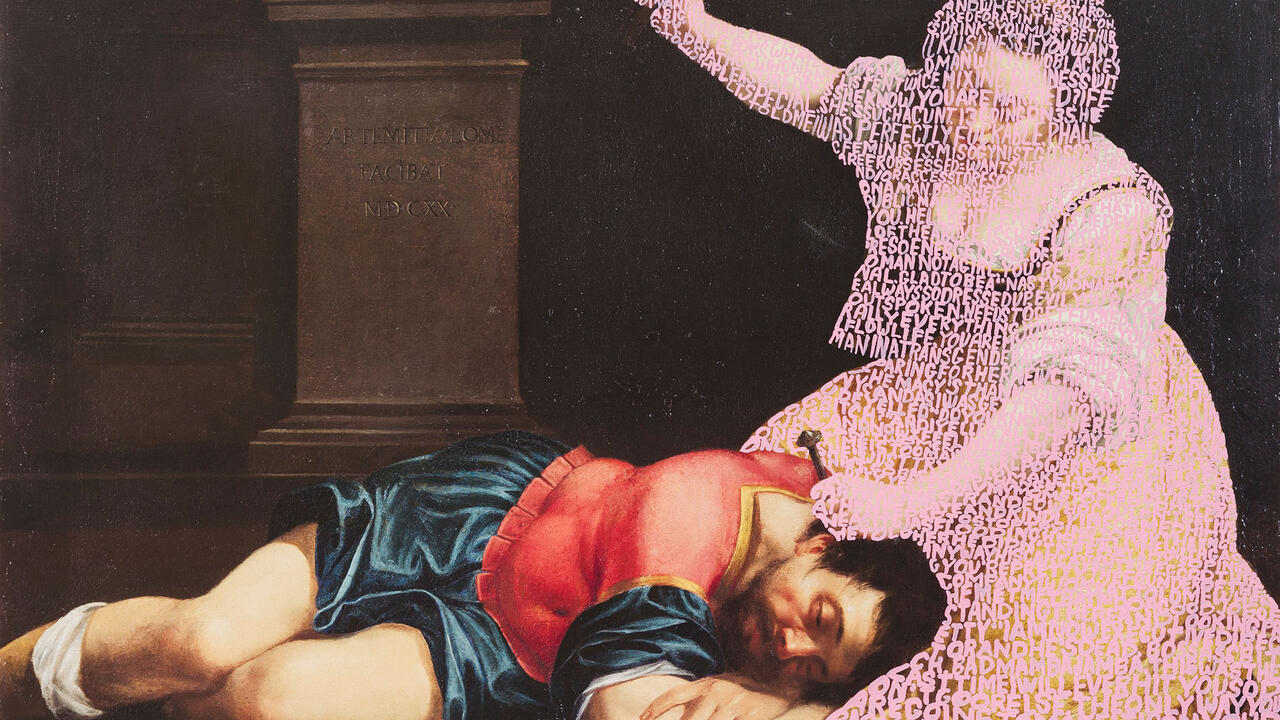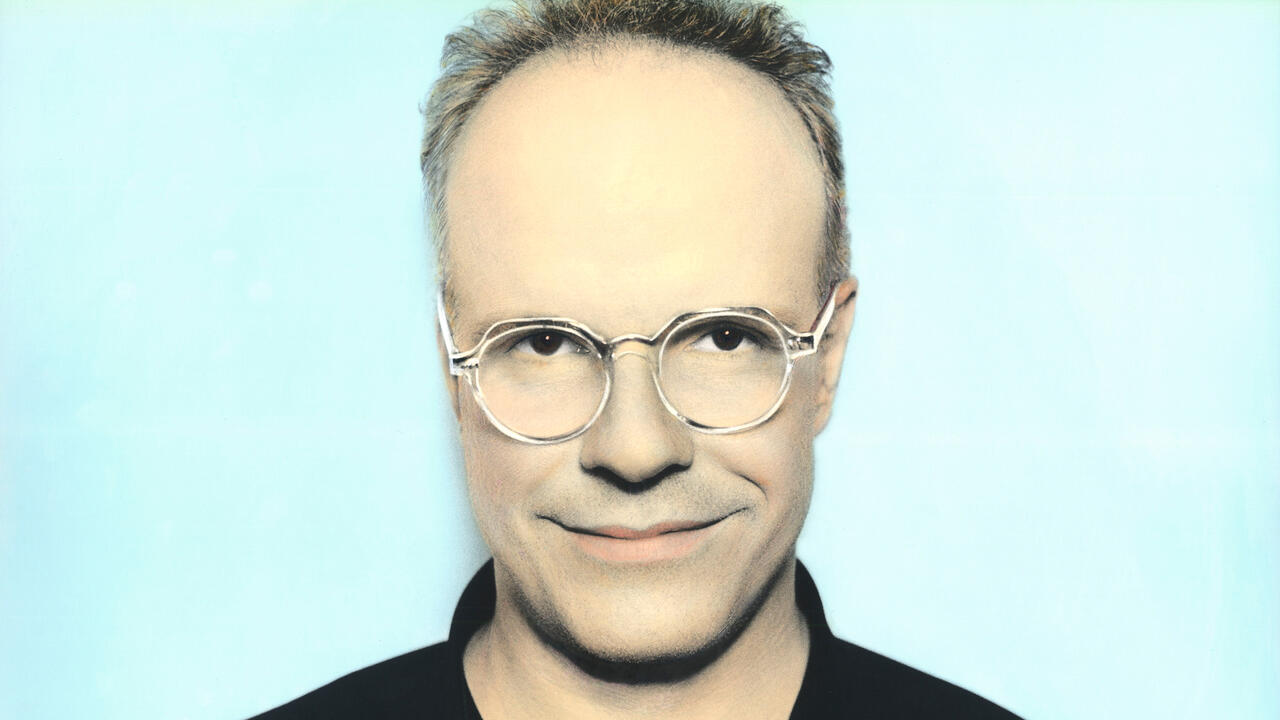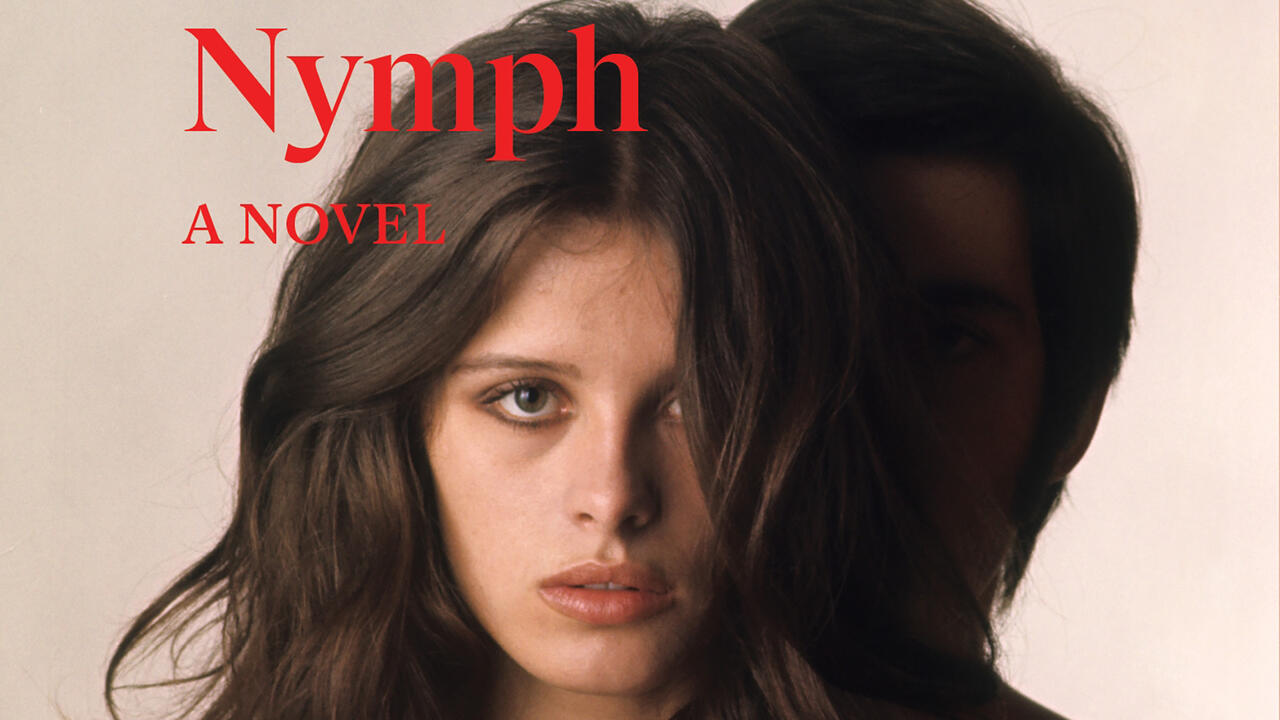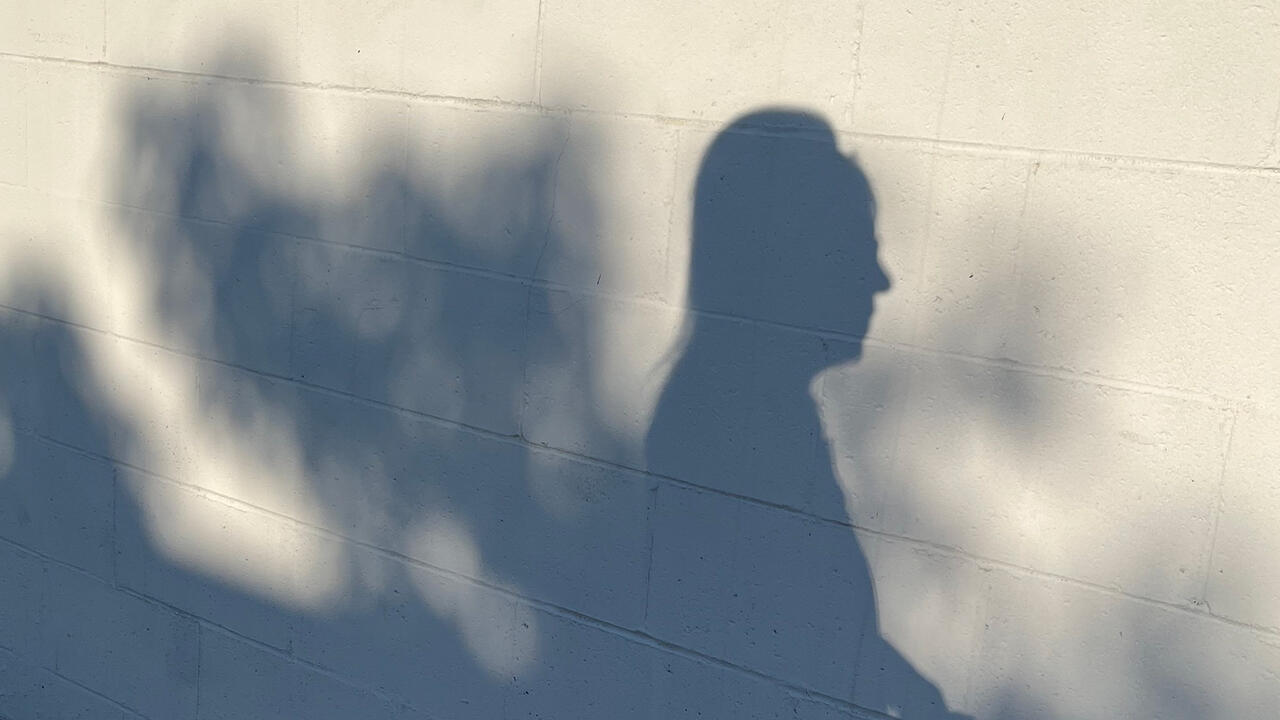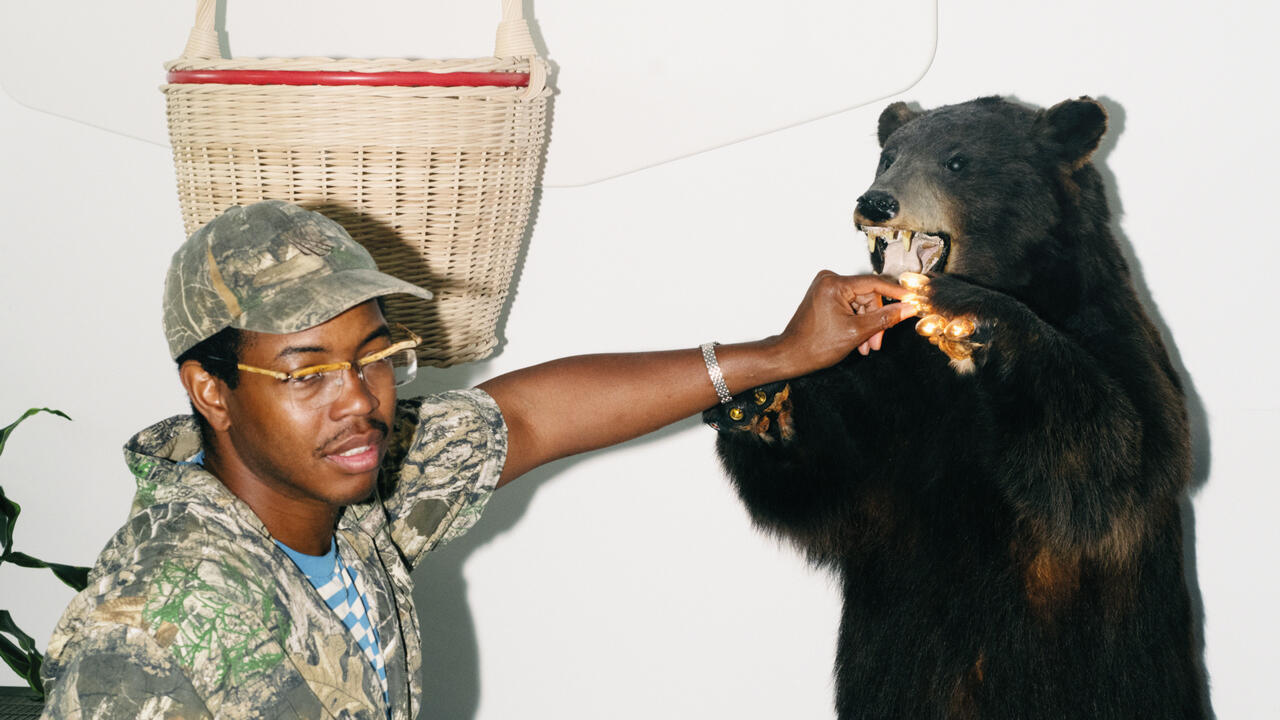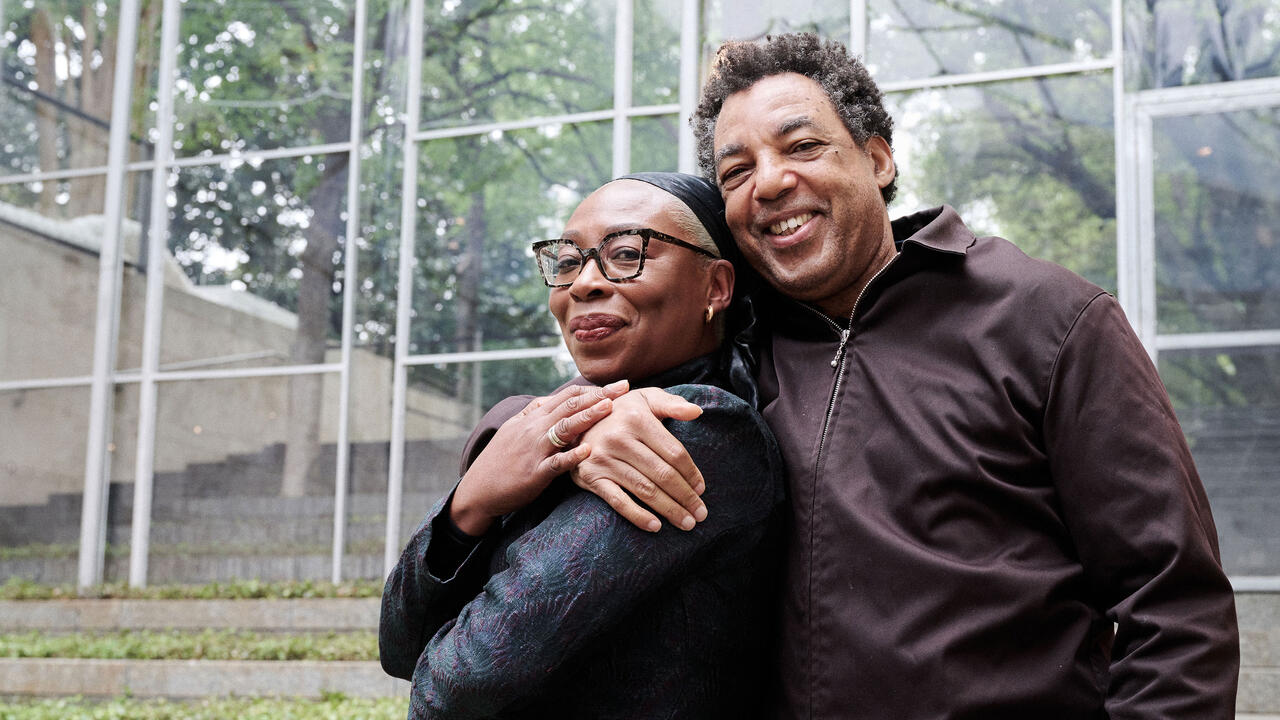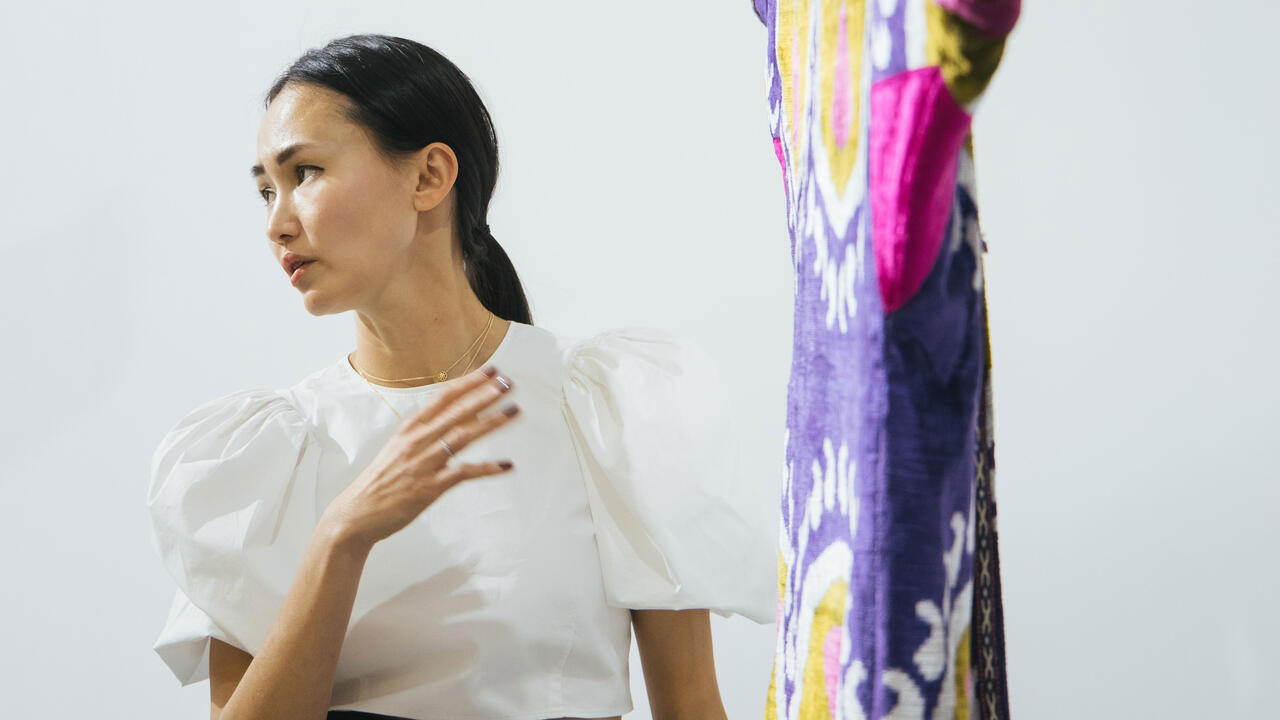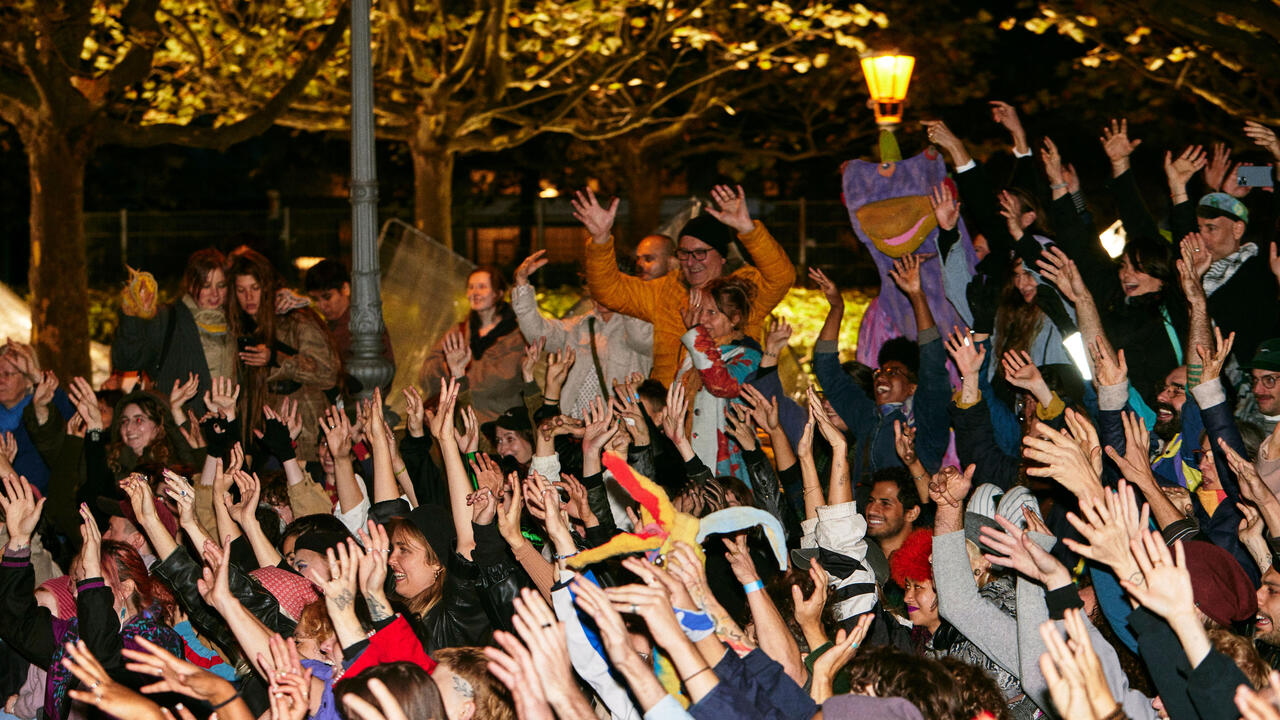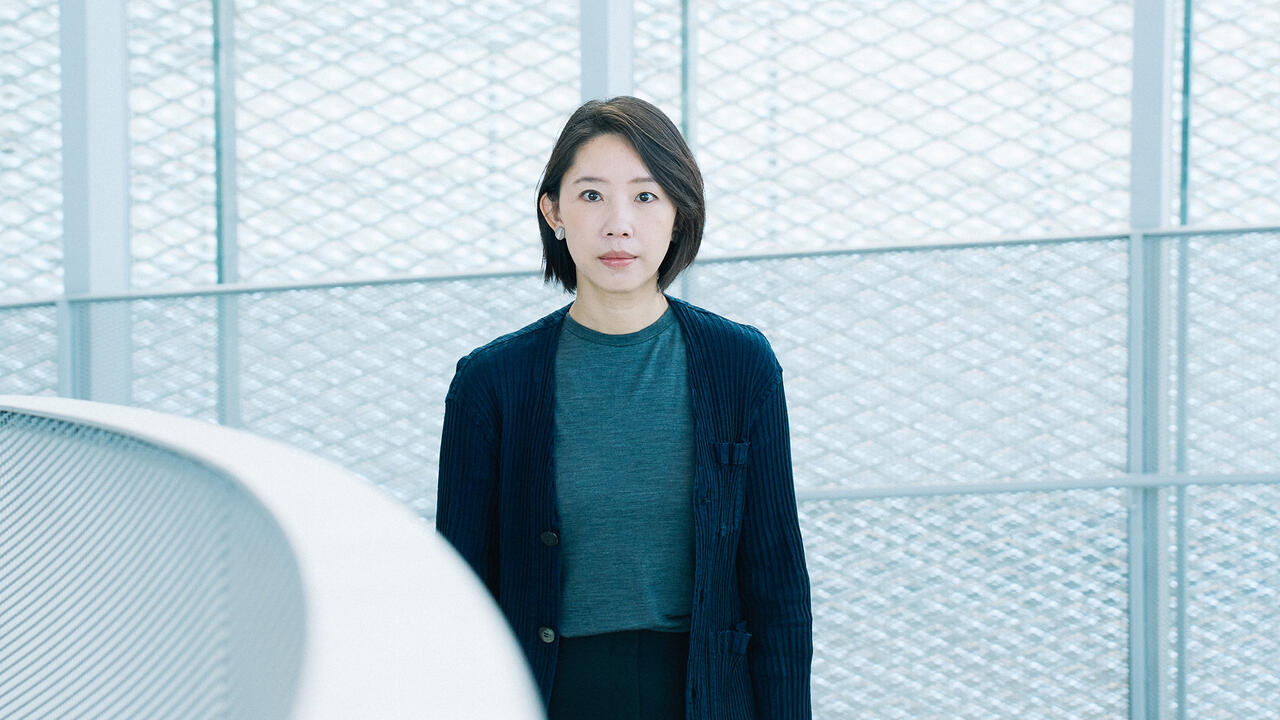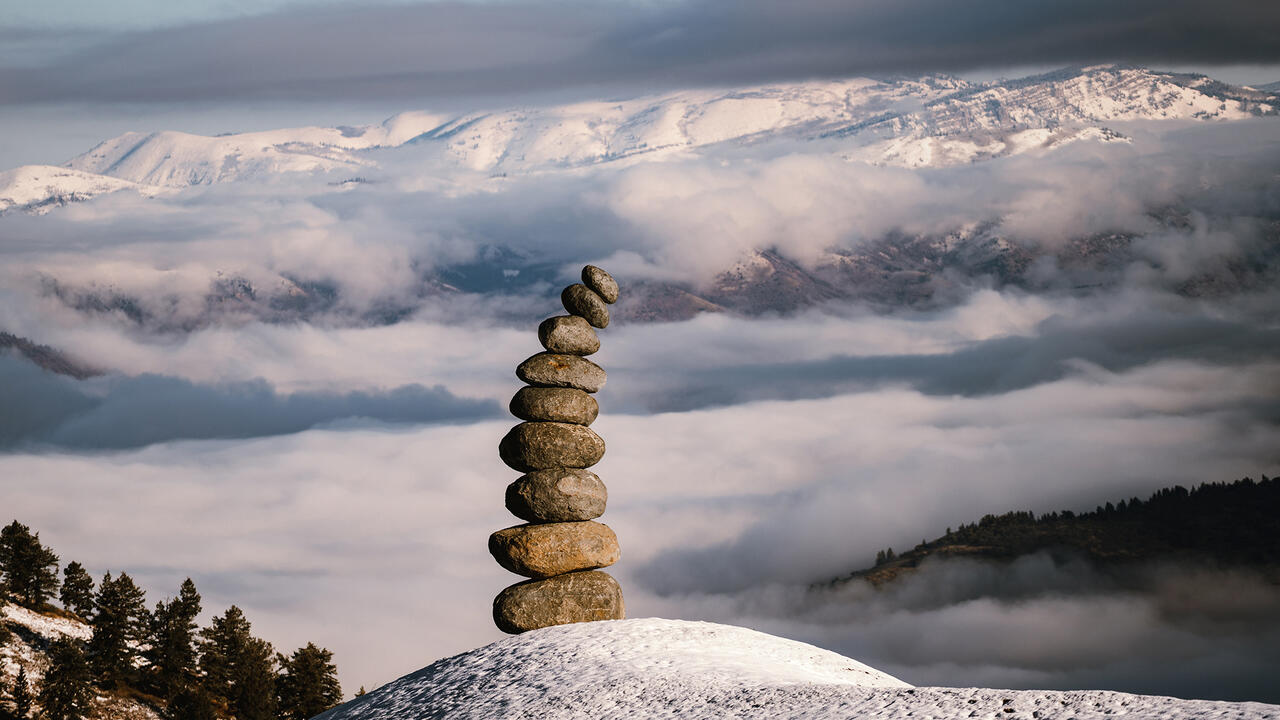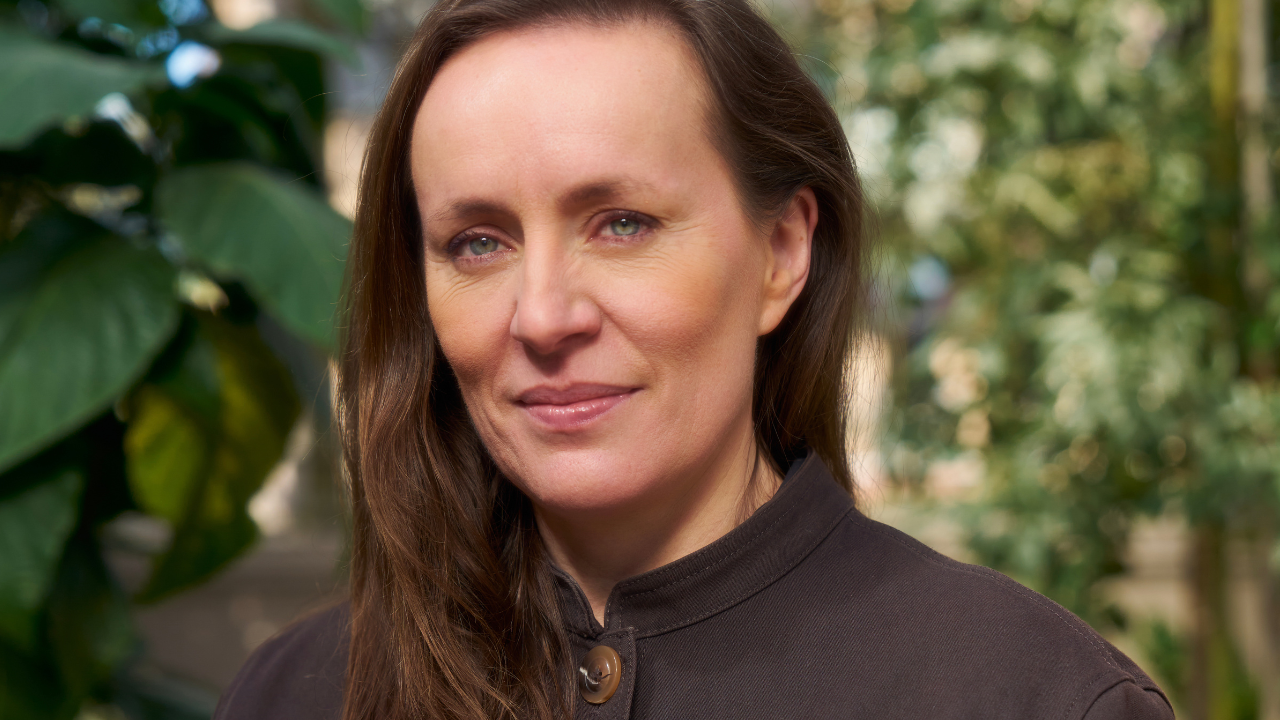A Question of Knowledge
Tim Smith-Laing talks to Rasheed Araeen about six decades of art making, writing and publication
Tim Smith-Laing talks to Rasheed Araeen about six decades of art making, writing and publication

Born in pre-partition Pakistan in 1935, Rasheed Araeen is a London-based artist who is now recognized as one of the most important voices in postwar British art. Growing up in Karachi, he trained as a civil engineer before moving to Paris and then London, in 1964, to pursue a career as a painter. Shifting his energies towards sculpture, he became a pioneer of minimalist and participatory art, before expanding his practice to incorporate land art, performance, photography and mixed-media pieces that sought to challenge the racism of the British art world. His work, which can be found in significant collections across the world, will be honoured in a major touring retrospective in 2017, beginning at Eindhoven’s Van Abbemuseum.
Also a curator and theorist, Araeen has long been an essential voice in critical engagements with race and art. In addition to curating the influential exhibitions ‘Essential Black Art’ (Chisenhale Gallery, London, 1988) and ‘The Other Story: Afro-Asian Artists in Postwar Britain’ (Hayward Gallery, London, 1989), he founded the critical journals Black Phoenix (1978–79) and Third Text (1987–ongoing). He has also written about his own artistic journey in Making Myself Visible (1984) and Art Beyond Art: Ecoaesthetics: A Manifesto for the 21st Century (2010).
I met Araeen, a generous and hospitable interviewee, at his studio in north London to discuss the different facets of his past, present and future.

Tim Smith-Laing How did you first become interested in art?
Rasheed Araeen When I was about seven years old, living in a small town in Balochistan, around 100 kilometres from Karachi, my mother asked me to help her draw flowers on a sheet of linen so that she could embroider it. That, for me, was the beginning of my interest in art. It wasn’t until the mid-1950s that I began to understand the full significance of art as a profession.
TSL Was that through exposure to art in museums in Karachi?
RA There were no art museums in Karachi at that time. It was because I came across the work of people who were called ‘artists’. My first encounter with a professional artist was in 1950, when I met S.M. Sultan; he made me understand that art wasn’t only copying. Until then, all I did was make copies, or draw portraits of famous people, such as the founder of Pakistan, Mohammed Ali Jinnah, and poets like Muhammad Iqbal. I became aware of modernity, particularly the work of Frank Lloyd Wright, by browsing through books at the United States Information Service Library; I realized that modernism represented the progress we badly needed in Pakistan. Cultural modernity came with Western culture, but also in the form of Urdu literature, via poets such as Iqbal and literary writers like Saadat Hasan Manto, as well as films – at first mostly from Bollywood but, in the early 1950s, Hollywood and European movies arrived. The educated class dressed like Westerners and there was a community of Parsis and Catholics who spoke English all the time.
TSL In keeping with Karachi’s technological modernity, you trained as a civil engineer. At what point did the idea of art begin to take over?
RA In the late 1950s. The first works that led me to believe I could do something significant were Dancing Bodies (1959–61), My First Sculpture (1959) and Burning Bicycle Tyres (1959). I was walking home and saw a twisted piece of metal lying in the street. I took it home, cleaned it and put it on the table. My mother walked in and asked: ‘What is this dirty thing?’ I said: ‘This is a sculpture.’ And that’s how I made My First Sculpture. Both these works are related to a piece I had already begun to develop in 1959, whose curvilinear form was unique not only in the context of art in Pakistan but also mainstream modernism: a kind of double helix. Their relationship is, however, very complex, conceptually. I have written about them in detail in my book Art Beyond Art.

TSL In 1964, you decided to move to Paris. What took you there?
RA I was unhappy about the art being made in Karachi, which was mainly derivative of Western art. I knew I wanted to pursue something different. I had a show in 1963 at the Arts Council of Pakistan Gallery in Karachi, which was a complete failure. So, I decided I should move to Europe; Paris was my romantic dream.
TSL How long did you stay there?
RA One month. I hadn’t learned French and I didn’t have the financial resources to sustain myself. Also, I didn’t see anything impressive: the galleries were full of American pop art. A friend in London said: ‘Come to London, you could get a job.’ I have been living here ever since.
'I saw a twisted piece of metal lying in the street. I took it home, cleaned it and put it on the table. My mother walked in and asked: "What is this dirty thing?" I said: "This is a sculpture".'Rasheed Araeen
TSL But you made moves to establish yourself in the art world in London?
RA I brought eight paintings with me, in the hope that I would forge a career. The Village was an arts club owned, I think, by the opera singer Peter Pears – the boyfriend of the composer Benjamin Britten. They had a foyer in which they occasionally exhibited paintings. The first time I went there, they were showing the work of Francis Souza. They offered me an exhibition at the end of 1965; but I became so preoccupied with the idea of modern sculpture that I thought showing my painting might distract me from my new interest. So, I cancelled it; I only exhibited these paintings for the first time in Sharjah in 2014.
TSL You had started working again as an engineer by then. Did the economic freedom of having a job facilitate your commitment to doing what you wanted as an artist?
RA I don’t know if I would put it that way. Although, with hindsight, I think it helped me to understand what the sculptor Anthony Caro was doing: he was also a trained engineer, and he was picking up fragments from engineering and putting them together to make sculpture.

TSL And it was through engineering that you found your own minimalist sculptural idiom.
RA Yes, with Sculpture No. 1 and Sculpture No. 2 (both conceived in 1965).
TSL Your other landmark work from this time is your interactive sculpture, Zero to Infinity (1968), a 2003 version of which is now in the Tate collection. Were you aware of people like Groupe de Recherche d’Art Visuel, who were experimenting with participatory sculpture and performances at the same time?
RA I had some idea. I came to know something about them through Signals Gallery in London, which was run by David Medalla. From 1965, I became preoccupied with geometry and symmetry in sculpture. In 1968, I was constructing a work comprised of four cubes and, when I tried to put them together, I discovered that I could make more than one arrangement. With this came the realization that if you break the rigidity of fixed symmetrical structure, it could lead to a movement towards infinity. And so I developed the idea of public participation: I would provide the public with a symmetrical structure that they could dismantle and rearrange as they wished.
TSL In a March 2008 interview with Richard Dyer, in Wasafiri, you described Zero to Infinity’s participatory nature as being ‘allegorical’ of ‘human equality and collectivity’. Does it mark the point where political concerns surface in your work?
RA I was always involved in political activity, but I kept it separate from art. In 1967, I was part of the group that campaigned against the Greek junta and the Vietnam War, but I didn’t see a connection between politics and art. I thought art was art and its function was to be beautiful.
TSL In the early 1970s, however, you joined the Black Panthers and Artists for Democracy and your work became directly concerned with race and racism. In 1973, you exhibited For Oluwale, a semi-documentary piece about the Nigerian immigrant David Oluwale, who drowned in 1969 after being systematically harassed by Leeds City police. Why did the division between politics and art crumble for you?

RA I read about Oluwale’s death in 1971, and it shocked and moved me so much that I decided to do a work dedicated to him. However, my politicization really happened after I won a John Moores Prize in 1969: I thought I had made it and my friends assumed it would then be easy for me to get gallery representation. In fact, some galleries were interested in my work, but they wouldn’t exhibit it. One told me: ‘We love your work, but we only show British and American artists.’ So, something was wrong. I had friends who were aware of the relationship between art and politics – who were involved in the anti-racist, anti-imperialist struggles – and I began meeting with them in a pub to talk about the role of art in this.
TSL You also started producing essays articulating your thoughts about art and imperialism around this time. You founded Black Phoenix in 1978, which in 1987 went on to become Third Text – one of the foremost journals focused on issues around art and postcolonialism – and it was an equally important strand of your career. What led you to pursue the theoretical aspects beyond the gallery and studio?
RA I realized there were things that I had to express through a verbal language rather than a visual one, so I began to write.
'I came to the realization that my struggle wasn't just my struggle. Everyone who came from African and Asia must have gone through the same kinds of experiences.' Rasheed Araeen
TSL Who were you reading at the time?
RA I read Frantz Fanon’s The Wretched of the Earth (1961), among other books by him, as well as Amílcar Cabral, Paulo Freire, Ho Chi Minh, Mao Zedong, a bit of Vladimir Lenin and Karl Marx. At first, I didn’t read art magazines: it was only after I won the John Moores Prize that I began to read Studio International.
TSL Running throughout your art and writing practices, as well as in your curatorial activities in the late 1980s, is a major concern with the idea of ‘blackness’. By the time you curated ‘Essential Black Art’ at London’s Chisenhale Gallery in 1988, your notion of ‘black’, alongside ‘Afro-Asian’, appears finely tuned, both as an identity and an artistic category. What was the thinking behind your elaborations on that terminology?
RA In the 1970s, I was already involved in the kind of art that referred to racism, imperialism and institutional domination, but I never called it ‘black art’. I was experimenting in different forms: making collages, doing performances (such as Paki Bastard, 1977), issuing statements and writing Preliminary Notes for a Black Manifesto (1978), at the end of which I invited readers to respond to my statements with the idea that I would eventually publish a book of them. My writing was also conceived as an artwork: I call it textual art.

TSL As a curator and art historian, you’ve also been fighting to re-insert significant Afro-Asian artists into art history. After ‘Essential Black Art’, you went on to curate ‘The Other Story: Afro-Asian Artists in Postwar Britain’ at the Hayward Gallery (1989), which grouped together artists you believed played a significant role in the development of postwar art.
RA I came to the realization that my struggle wasn’t just my struggle. Everyone who came from Africa and Asia must have gone through the same kinds of experiences as I did. I was researching what has been written about them and I was shocked. These artists did their work within the context of mainstream modernism – some of them were on the forefront of the avant-garde in the 1960s – but they weren’t recognized. For example, the sexuality in the work of artists such as Souza and Avinash Chandra was attributed not to their own experiences, but to India – and their modernism was totally ignored. I could find no art-historical publication in which they were mentioned. Once I recognized the problem, I realized it was a collective one, and it had to be dealt with collectively.
TSL Do you think the situation has improved?
RA Not much. The issue was misunderstood and misrepresented. The purpose of ‘The Other Story’ was to show what was missing from the mainstream history of British art. But, of course, it was ignored at the time because British institutions then were not ready to change. It was a problem of knowledge missing from the discourse and missing from our consciousness of history. I have been struggling for the last 15 years to integrate that material within mainstream British art history.
TSL And, of course, this is what has inspired your ongoing project since 2000, The Whole Story: Art in Postwar Britain.
RA Yes, it’s for an inclusive art history. But there has been resistance to it from the establishment – in the form of evasions, excuses and cover-ups. Once done, it will be a model for future art history. There is an awareness now that we are missing something. I’ve talked to many people in Europe who have tried to produce an inclusive art history, but they have failed because they don’t have the awareness required for that kind of work.
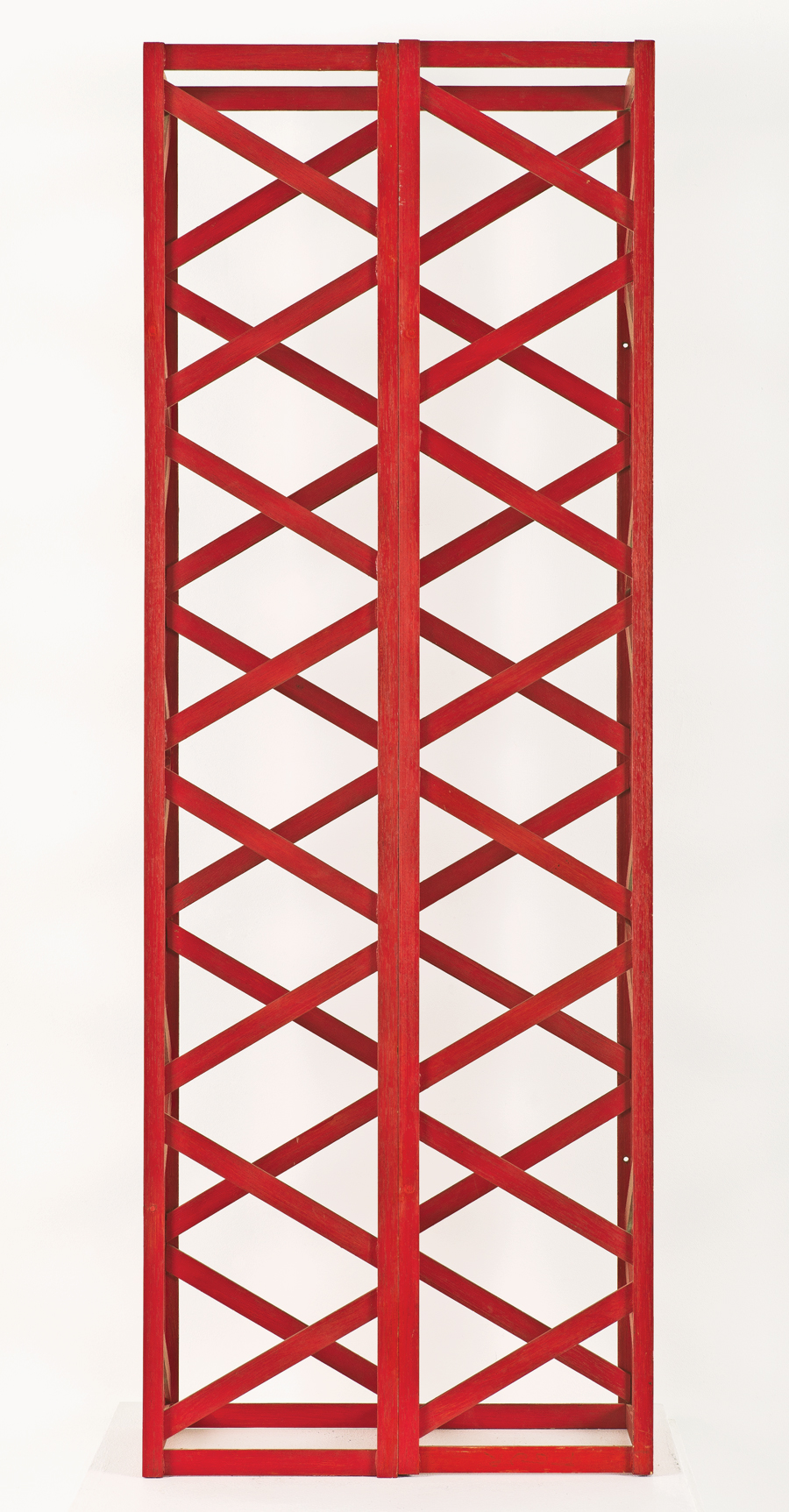
TSL In the catalogue for The Essential Black Art (1988) you wrote that ‘the interests of art and community have become synonymous’ and that ‘mere solidarity within the community or […] with political struggle can deprive art of its cognitive value’. In terms of community struggle, I wanted to ask you what you think politically and/or artistically of identity politics as it’s being played out now.
RA The word ‘political’ within the art context creates a lot of confusion. It demands a commitment that goes beyond making art, and that’s the problem. Artists should make art. Art cannot solve a political problem – it can only reflect it. If there is a political obstacle to art then we have to remove it. That’s what I have been doing for the last 40 years. But, having failed to remove the obstacle, I’ve returned to making art which is not explicitly political. With what is happening in the world today, however, particularly after the invasion of Iraq, I have to make so-called political art. I have done a body of work, but I have kept it hidden. It is too disturbing.
'We have to get away from the idea that the ciry should remain the centre of knowledge, creativity, innovation or desire.' Rasheed Araeen
TSL You reflected on the first Gulf War in a number of pieces from the 1990s. Do you intend to show this new body of political work at some point?
RA I do, but first I need to strengthen my ground. You see, I’m known all over the world as a writer, not as an artist. When I showed my work two years ago at the Sharjah Art Foundation in the UAE, people were baffled: they didn’t know I was an artist.
TSL If that were the case, I feel like the situation has changed now.
RA There is substantial interest in my work in New York, but not in the UK. I haven’t exhibited my new work here yet.
TSL Did your show ‘Geometry and Symmetry’, at Aicon Gallery in New York in September, signal a return in method, materials and aesthetics to your pre-political, minimalist work?
RA This work may not appear to be political, but it is, because it raises questions about the history of knowledge. What is it? Islamic or modern? If both, can we have a modern art history that recognizes the relationship between the abstract geometry of Islamic art’s golden period (900–1300) and the geometric abstraction of the 20th century? It is both a philosophical and theoretical question that Eurocentric art history cannot answer.
TSL In 2010, you published Art Beyond Art. In the title essay, you talk about needing to go beyond the artist’s ‘narcissistic ego’ and to move towards enhancing ‘not only its own creative potential but also the collective life of Earth’s inhabitants’. Is this pointing to new participatory projects?
RA I believe we have to get rid of the idea of individual artists, bourgeois artists. I believe the root of creativity is in peasant culture. The bourgeois artist takes away ideas created by a peasant culture and transforms them – makes them more ‘sophisticated’. If you take into consideration what is happening to the world in terms of ecology, we have been taking everything from the Earth without giving anything back. The Earth has been deprived of its nourishment. And we – those who live in cities – cannot solve this. So, my point is that we have to develop rural culture and resuscitate what is missing from it. People run away from villages to live in the city because they lack that which human desire demands – but desire should be fulfilled within the rural context. We have to get away from the idea that the city should remain the centre of knowledge, creativity, innovation or desire.

TSL And you have plans to start bringing about that kind of change, in and beyond art?
RA I don’t have a full answer. One of my articles in Art Beyond Art is titled ‘Cosmoruralism’. In the future, there will be less food because there will be less fresh water, particularly in Africa. Desalination plants should be built all over the world and run on solar energy. We need what is cyclic: sea water that becomes fresh water via energy from the sun that will fertilize the earth. I see it as an art work, involving innovation, creativity and productivity. My plan is to buy some land in Balochistan, in Pakistan, and set up a land-based project that local people will run collectively.
TSL Next year, your work will be included at Documenta 17. Will this project be linked to that vision?
RA I am doing two projects for Documenta, which are interconnected but different. In Athens, there will be six food marquees in the main square, surrounded by my geometric designs, which are being made by women there. My idea was to do free distribution of food, but there’s a problem with the budget, so there will be a nominal charge. In Kassel, my main piece will be a reading room. I will make a big table out of my structures, on which all the issues of Third Text will be displayed, and my paintings will be on the wall. In Athens, it will be the relationship between art and food, and in Kassel it will be art and reading.
TSL So, both will be pointing the way towards the kind of collectivity you hope will come about through ‘ecoaesthetics’?
RA My proposals for the future concern the whole world. That is my vision. I don’t think I will be able to fulfil it, but at least I can express my ideas. That’s the problem with daydreaming. Whether they are practical or not, I will try and make my daydreams reality!
Rasheed Araeen lives in London, UK. This year, he has had solo shows at Aicon Gallery, New York, USA, and Museu de Arte de São Paulo, Brazil. In 2017, his work will be included in the 57th Venice Biennale, Italy (13 May to 26 November); Documenta 17 in Athens, Greece (8 April to 16 July), and Kassel, Germany (10 June to 17 September). His retrospective at the Van Abbemuseum, Eindhoven, the Netherlands, will run from 2 December 2017 to 8 April 2018. Lead image: Rasheed Araeen, Opus F 2, 2016, acrylic on canvas, 1.6 x 1.6 m. Courtesy: the artist and Aicon Gallery, New York









